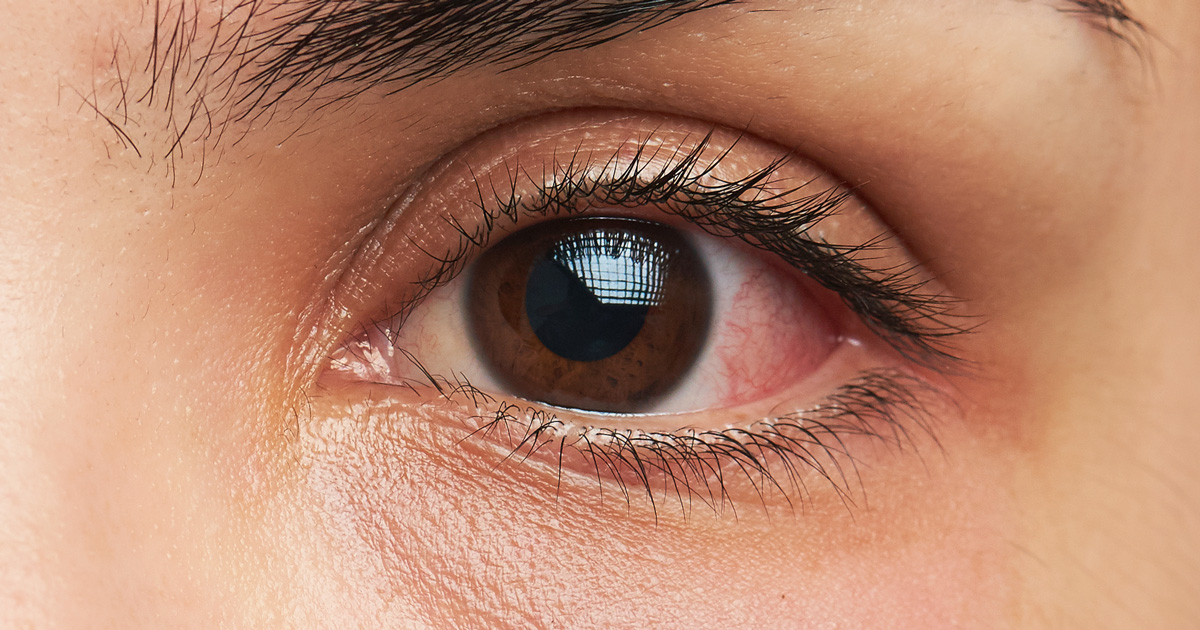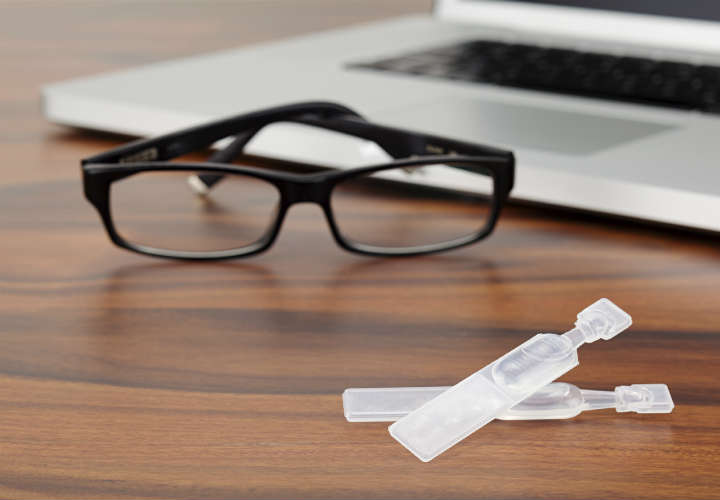What it is

Tears have a particular composition and perform different functions: lubricating and nourishing the cornea; antibacterial action for the ocular surface; dioptric effect, i.e. contributing to the refractive power of the eye and to focus images on the retina. Their normal production is about 0.8 microlitres per minute and is kept qualitatively and quantitatively constant, due to the combined action of secretion (secretory glands), distribution by eyelid blink and elimination through the tear ducts. The numerous lacrimal glands produce a secretion with different compositions, which constitutes the three layers of the lacrimal fluid. The main part is made up of water containing salts, sugars, proteins, enzymes and other substances. The outermost layer is made up of lipids, which have the task of preventing the evaporation of the tear film and facilitating the sliding of the eyelids on the surface of the eye. Finally, to maintain hydration and therefore the adhesion of water molecules to the cells of the cornea and the conjunctiva, the innermost layer of the tear film is composed of particular molecules called mucins that keep the surface itself wettable.
What it entails
The most common symptoms of the dry eye syndrome are burning, foreign body sensation, photophobia, difficulty in opening the eyelids upon awakening and, in severe cases, pain and visual clouding. All these disturbances increase in dry, windy environments or where heating or air conditioning systems are in operation. The symptoms can vary extensively from person to person, indeed some patients with dry eye tear profusely!
Diagnosis
In the presence of a patient with dry eye, in addition to the normal routine eye examination tests, other tests dedicated to the study of the tear film and ocular surface are performed.
Some of these tests are:
- the measurement of the tear meniscus between the eyeball and the margin of the lower eyelid
- the Schirmer test for the evaluation of tear production
- staining with fluorescein, rose bengal and lissamine green that highlight the suffering cells
- the break-up time of the tear film to evaluate tear quality
- sensitivity to contrast
- impression cytology for the evaluation of the conjunctiva cells
- tear film analysis to evaluate osmolarity, the presence of lysozyme
- the tear ferning test
- the fluorescein clearance test.
Treatment

To date, there is no definitive therapy for the dry eye disease, but there are several preparations that make it possible to control its symptoms and reduce discomfort for the patient. The type of preparation varies according to the pathology and the therapeutic objective: to restore tear volume, increase the wettability of the cornea, limit hyper-evaporation, improve lubrication, reduce toxic phenomena, etc.
According to their formulation and action, we can distinguish several tear substitutes:
- Diluents, able to remove the substances produced by the metabolism of the cells.
- Stabilisers, able to increase the stability of the tear film.
- Volumisers, containing substances capable of binding to the ocular surface and retaining water.
- Corrective, able to correct some physical characteristics of the ocular surface.
- Nutrient, containing some substances capable of improving the trophism of the various epithelia that are suffering.
Some of the latest generation tear substitutes contain substances capable of performing various actions, such as an anti-inflammatory and antioxidant action. These actions are useful as the dry eye pathology, altering the physiology of the ocular surface, is often associated with an inflammation of the cornea and of the conjunctiva and with an excessive accumulation of harmful free radicals. The substitutes also have a filter action of the light radiation and a high mucomimetic and mucoadhesive action, which allows the preparation to guarantee a longer lasting hydration.
Drugs capable of modulating the activity of the local immune system and para-surgical procedures are also used in a severe dry eye syndrome.


